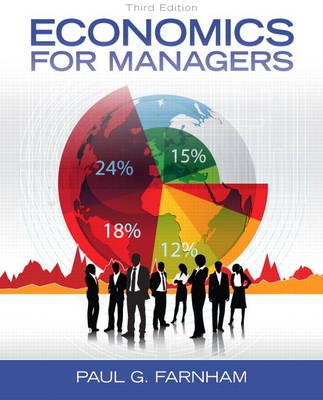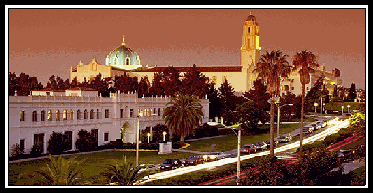|
D.
The Role of Money in the Macro
Economy
.
1. Measures of the money supply
a. C: Currency (coins and paper money)
.
b. M1: C plus:
.
c. M2: M1 plus:
.
.
.
.
2. Banking system
.
a. Money creation
.
.
.
.
.
.
.
.
.
b. Simple deposit multiplier
.
.
.
c. Money multiplier
.
.
.
3. Federal Reserve System
(Fed)
a. Structure
- 7 members of
Board
of Governors
- 12
Federal
Reserve District Banks
- Federal
Open Market Committee (FOMC)
- 4000 member banks
. b. Monetary
policy
.
(1) Open market operations
(a) Increasing money supply
.
.
.
.
.
.
(b) Decreasing money supply
.
.
.
.
.
.
(c) Securities' prices and interest rates
.
.
.
.
.
.
(d) Other interest rates
-
Prime rate - rate banks charge best
customers
-
London Interbank Offered Rate (LIBOR) -
foreign equivalent of the fed funds rate, but based on
estimates
- LIBOR calculated for 10
different currencies, 15 different maturities
.
(2) Discount rate
- Increase discount rate => less borrowing
from Fed => less reserves => fewer loans => money
supply decreases
- Decrease discount rate => more borrowing
from Fed => more reserves => more loans => money supply
increases
.
(3) Reserve requirement
- Increase reserve requirement => less
reserves can be loaned => money supply decreases
- Decrease reserve requirement => more
reserves can be loaned => money supply increases
.
4. Money market
a. Supply of money
.
.
.
.
.
.
.
.
.
.
b. Demand for money
.
.
.
.
.
.
.
.
.
. .
c. Equilibrium
.
.
.
.
.
.
.
.
.
.
d. Changes
(1) Changes in money supply
.
.
.
.
.
.
.
.
.
.
(2) Changes in money demand
.
.
.
.
.
.
.
.
.
.
|


